There's another new product coming to the Niffer's family, a borax free, hard water formulated laundry powder. So, today I'm going to talk about laundry powder, why I make it, why you should use it, and why it's better than the stuff you get at the store.
Women have been making soap and laundry scrubbing mixtures for thousands of years. One thing that they all have in common is lye. Traditionally, many women would make their own lye or simply clean using the ash from their fires. When you add a fat, such as lard, or an oil, such as coconut oil, these help clean by attaching to the dirty molecules and lifting them, keeping them suspended in the water- where they can be washed away. I am not a scientist, and I have often been told that I over complicate things when I try to explain anything (just ask my husband!). So, while I would love to give you a complete run down of the workings of soap I will stick with the basics I just gave and give you some links to follow later (at the bottom).
Now, I use a pure coconut oil soap in the formula for my laundry powder. I once offered an "Old Fashioned" recipe using a lard soap, but for some reason I think people didn't like the sound of "lard" because most everyone gravitated towards the coconut oil version. Both work equally well, but the coconut oil is animal product free. Making it cruelty free, and vegan. So, in the end, it was a win-win. This new laundry powder I created still uses the super effective coconut oil soap flakes, but instead of using borax and baking soda (sodium bicarbonate) to lift stains, soften water, and eliminate smells I am using only washing soda (aka soda ash, aka sodium carbonate) along with granulated hydrogen peroxide (sodium percarbonate). Together, the sodium percarbonate, sodium carbonate, coconut oil soap, and essential oils offer you a super natural, all fabric, all colors, all water temperature, safe powder. AND, it is High Efficiency machine safe.
So how do washing soda and sodium percarbonate work? Where does that stuff come from? It sounds scary, it can't be natural, can it? If you're asking yourself those things right now, keep reading because I will be happy to answer those questions!
First we'll cover where the stuff comes from. Sodium carbonate comes from the mineral trona, which 90% is mined in Wyoming, USA. More than half of all trona mined in Wyoming that is processed into sodium carbonate is used in glass making every year. It is also the same mineral that is used to make sodium bicarbonate (baking soda). Sodium carbonate is has a pH of 12, making it highly alkaline which makes it the great laundry booster (especially in hard water). Since it softens water, it helps free the soap molecules in hard water, and increases their effectiveness. This is also why soda ash is used in swimming pool care (it softens water and changes the pH levels).
Sodium percarbonate is essentially granulated hydrogen peroxide. Benefits are that it carries no environmental hazard as it breaks down into oxygen, water, and sodium carbonate. In your laundry, when dissolved into water it brightens colors, deodorizes, and doesn't weaken fabric. It's an effective stain removal in all water temperatures and will not cause yellowing or graying on whites.
So even though sodium carbonate or sodium percarbonate sound a little scary, they are just scientific terms for naturally occurring mineral products. You could basically imagine that together they create a situation in your washing machine where the dirt and smells can't hold on any more and get carried away with the slippery molecules created by the soap. All in all, it's team work (anyone else here Tenacious D fans?!).
So, in conclusion, new laundry powder = awesome happy laundry. That's super scientific, right?
I truly believe in my products and I pour my heart and soul into making them. If you haven't tried Niffer's All Natural Laundry Powder I hope you give it a try. I offer many different sizes and scent options. Scents are only made using essential oils - NOT fragrance oils (we'll go into the differences on that another time). The scents I use are simple, not over powering, and meant to offer extra benefits. Tea tree is added to all of my laundry powder to offer its cleansing and antibacterial benefits. Lavender is added for the awesome scent, calming effects, antimicrobial, and antibacterial properties. Finally, jasmine essential oil is used because it smells so good and it has antiseptic and antidepressent properties.
Store bought laundry detergent and powders are made with toxic chemicals that aren't safe for your clothes, skin, or the environment. The grey water that comes out of your washer isn't toxic to the environment with Niffer's All Natural Laundry Powder. Many older homes do not have their washing machine grey water routed into their septic or city water systems, believe it or not. Instead they are routed just a few yards from the home and drain straight into the ground. Toxic chemicals in typical store bought laundry detergent, softeners, brighteners, and other additives all leave behind chemicals that over time can cause problems to the wildlife around your home. Niffer's All Natural Laundry powder isn't safe to eat and the grey water after use isn't fit for drinking, but it also isn't full of unnatural chemicals that can cause deformities and death in wildlife. Niffer's can go back into nature without causing any harm. Even if your water is routed back to a treatment plant, the chemicals in store bought detergents leave residues on your clothes that are absorbed by your skin. It has been proven in a handful of studies that chemicals from detergents, softeners, and dryer sheets can cause hormonal imbalances, skin irritations, breathing problems, and more. Skip the health risks and go natural with Niffer's!
When you purchase laundry powder I also designate a portion of the profit to funding single load packets of unscented laundry powder that I donate to people in need. You can read more about my disaster relief and other donations here.
Thanks for reading, friends. Get out there, get dirty, and don't feel bad about it. Get your stains and smelly socks clean with Niffer's All Natural Laundry Powder!
I look forward to hearing from you, so please comment your thoughts, questions, or ways you use natural ingredients in your house!
Links for further reading on how soap works:
History of Traditional Soap Making
Planet Science
Chemistry.com
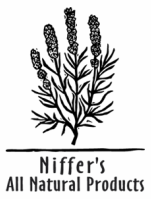
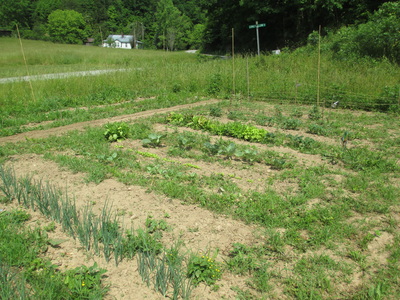
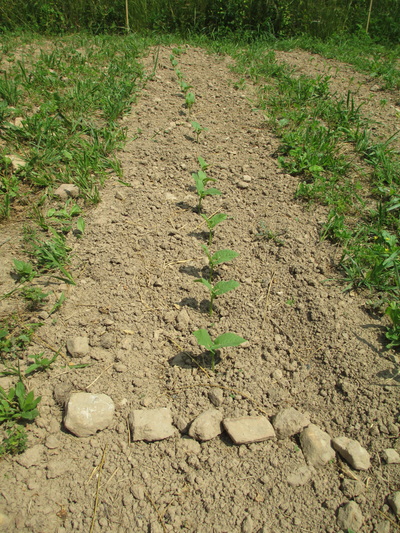
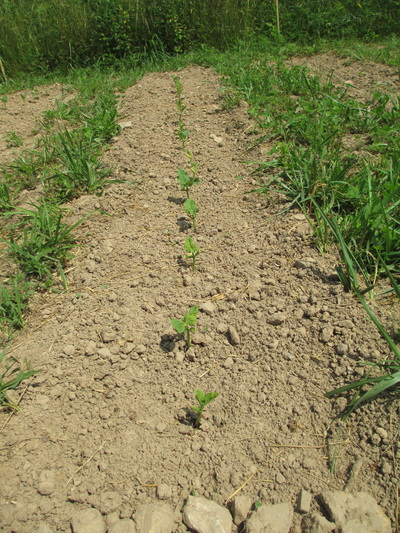
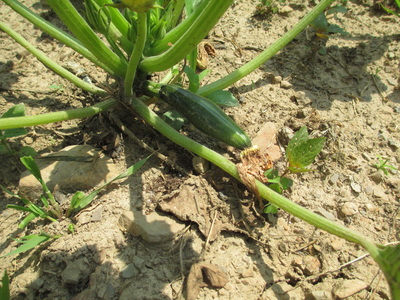
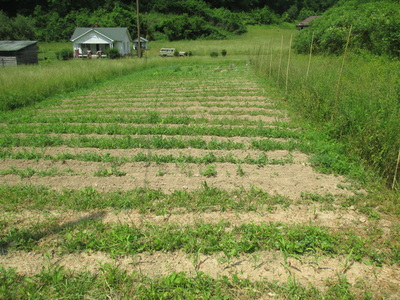

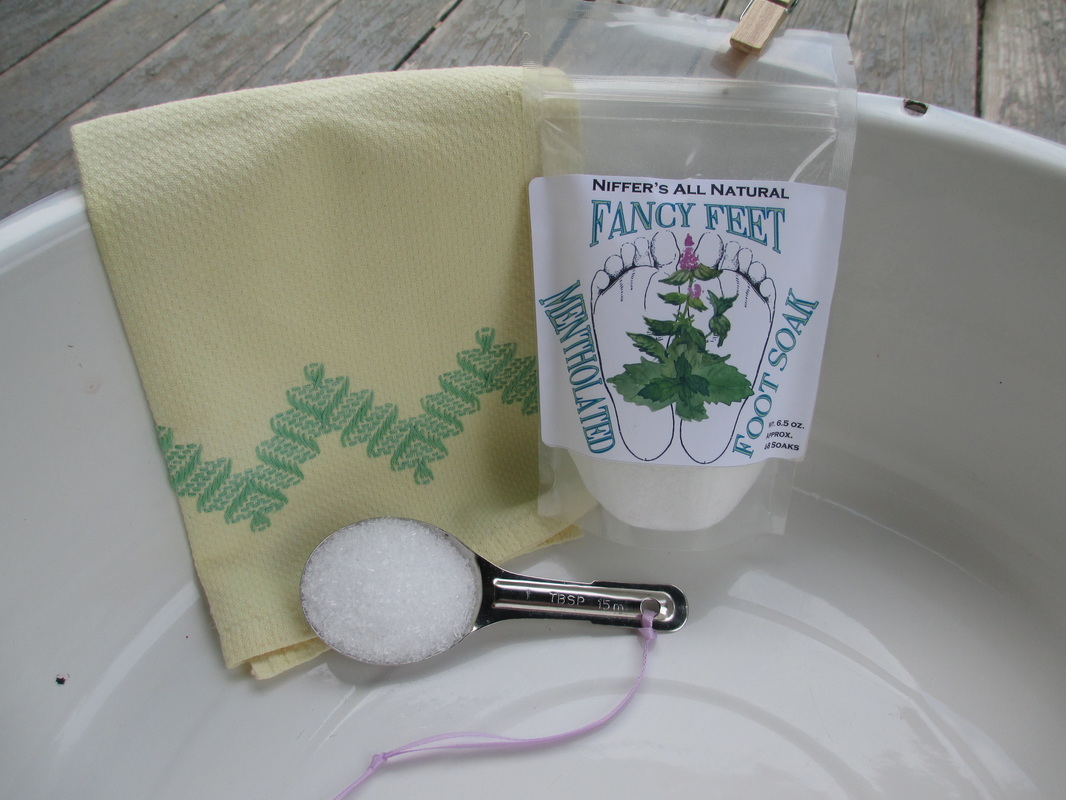
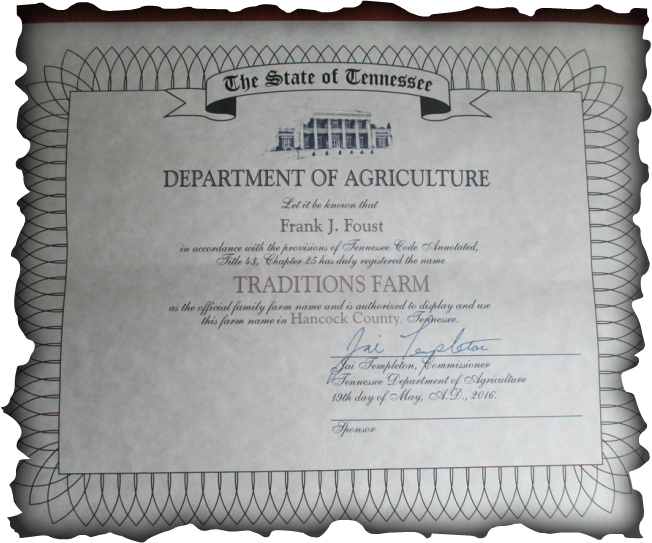
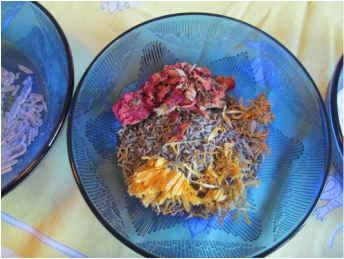
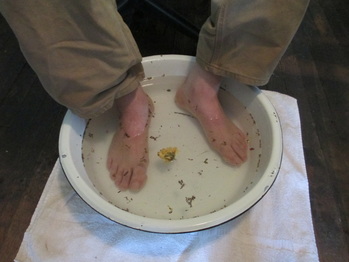
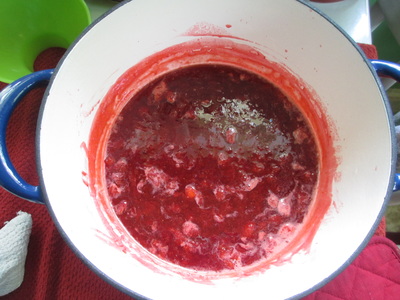
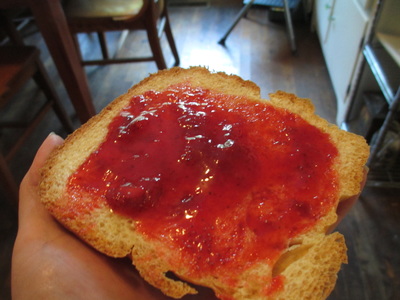
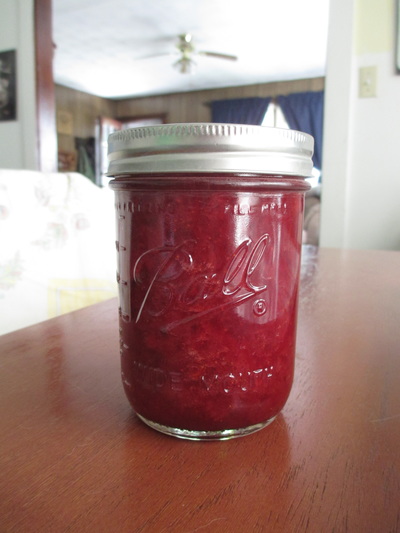
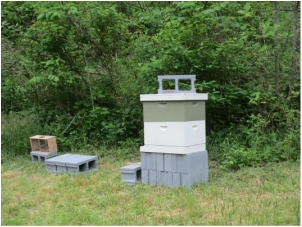
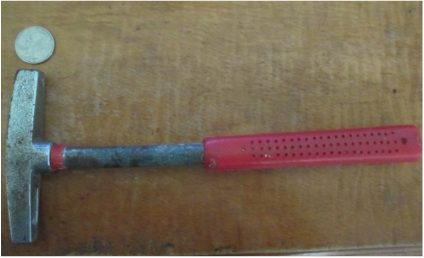
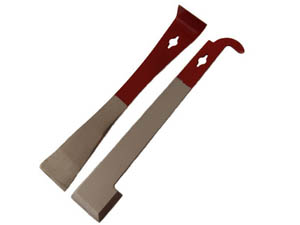
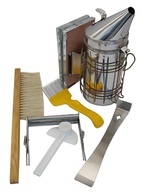
 RSS Feed
RSS Feed